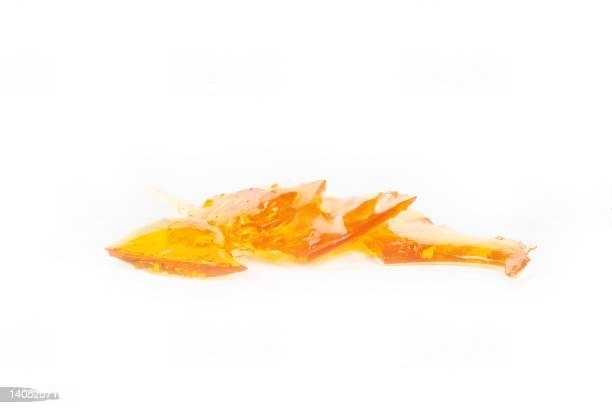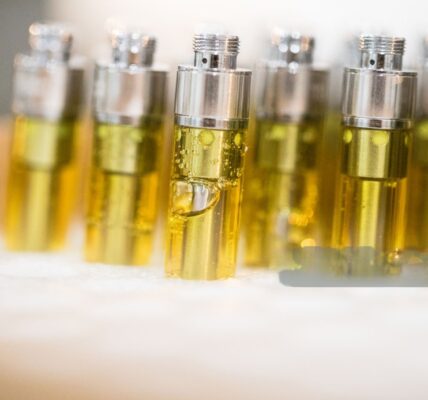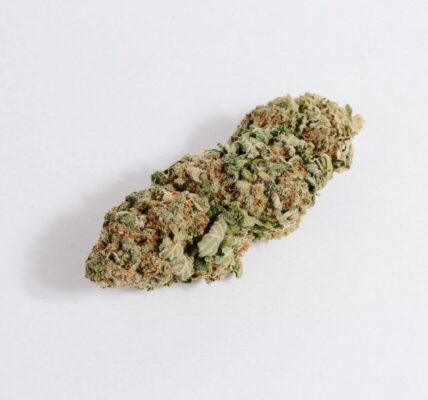The world of cannabis concentrates has exploded in popularity, offering users a potent and refined way to enjoy their favorite plant. Among the various types of concentrates, cannabis shatter and wax stand out as two of the most well-known. Both offer high THC content and unique experiences, but they differ significantly in their composition, consistency, and usage. If you’re new to concentrates or simply curious about the differences, this guide will help you understand what sets shatter and wax apart.
What is Cannabis Shatter?
Cannabis shatter is a type of concentrate that gets its name from its brittle, glass-like texture. When properly made, shatter is clear or amber-colored and can be shattered into pieces, hence the name. Its consistency is similar to that of hard candy or glass, which is why it can be so fragile.
Production Process: Shatter is produced through a process called butane extraction, where cannabis flowers are soaked in butane to extract the THC and other cannabinoids. The resulting mixture is then purged of butane in a vacuum oven, which removes any residual solvents and leaves behind a clean, solid concentrate.
Characteristics:
- Appearance: Clear, amber, or gold, often with a translucent quality.
- Texture: Brittle and glass-like, easy to break into shards.
- Consistency: Solid, with a texture similar to hard candy.
Benefits:
- Purity: Shatter typically has a higher purity compared to wax due to the extraction process and purging methods.
- Potency: The high THC content in shatter provides a potent effect that many users appreciate.
- Taste: Due to its purity, shatter often retains the natural flavors of the cannabis strain used.
What is Cannabis Wax?
Cannabis wax is another popular concentrate that differs significantly in texture and consistency from shatter. Wax can vary in color from light amber to dark brown, and its consistency can range from a crumbly texture to a more malleable, sticky form.
Production Process: Like shatter, wax is also made using butane extraction. However, the key difference in the production process is in the purging stage. During the purging process, the wax is often whipped or stirred, which introduces air into the concentrate. This process results in the wax’s unique texture and consistency.
Characteristics:
- Appearance: Can vary from light amber to dark brown.
- Texture: Crumbly, sticky, or even soft and pliable, depending on how it’s processed.
- Consistency: Usually more malleable and sticky compared to shatter.
Benefits:
- Ease of Handling: The pliable nature of wax makes it easier to handle and manipulate, which can be a plus for users who enjoy dabbing.
- Versatility: Wax can be used in various ways, including dabbing, mixing with flower, or using in vape pens.
- Flavor Profile: Wax can offer a diverse range of flavors, depending on the strain and extraction method used.
Comparing Shatter and Wax
1. Consistency and Texture: The most noticeable difference between shatter and wax is their texture. Shatter is known for its brittle, glass-like consistency, which can be easily broken into pieces. In contrast, wax has a softer, more pliable texture that can range from crumbly to sticky. This difference affects how each concentrate is handled and used.
2. Purity and Potency: Shatter is often praised for its purity due to the thorough purging process it undergoes. This can result in a cleaner taste and more potent effects. Wax, while still potent, may have slightly lower purity due to the introduction of air and the handling process, which can affect its overall consistency and taste.
3. Handling and Usage: Handling shatter can be tricky due to its brittle nature; it can break easily and may require specific tools for handling. Wax, on the other hand, is more forgiving and easier to work with, making it a popular choice for those who prefer a more hands-on approach to their concentrate.
4. Flavor and Aroma: Both shatter and wax can offer robust flavor profiles, but their taste and aroma can differ slightly. Shatter’s purity often means it retains more of the original strain’s flavors, while wax can have a more diverse range of flavors depending on the processing method and strain used.
5. Storage: Shatter should be stored in a cool, dry place to prevent it from becoming too sticky or melting. Wax, due to its more pliable nature, should also be stored in a cool environment to maintain its consistency and prevent it from becoming too sticky.
Conclusion
Cannabis shatter and wax each offer unique characteristics and benefits, catering to different preferences and needs within the cannabis community. Shatter is known for its purity, potency, and brittle texture, while wax is celebrated for its versatility, ease of handling, and diverse flavor profiles. Understanding these differences can help users choose the concentrate that best suits their personal preferences and consumption methods. Whether you’re drawn to the clear, glass-like shatter or the soft, pliable wax, both concentrates provide an elevated cannabis experience that can enhance your enjoyment of this beloved plant.




